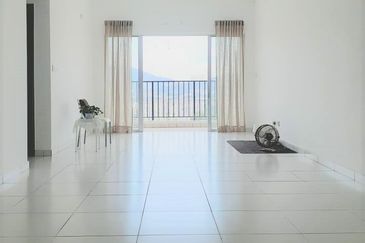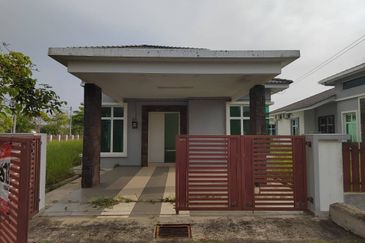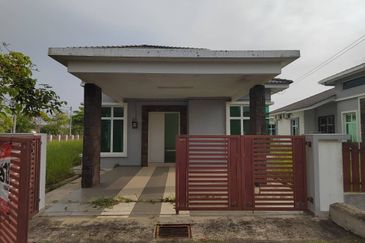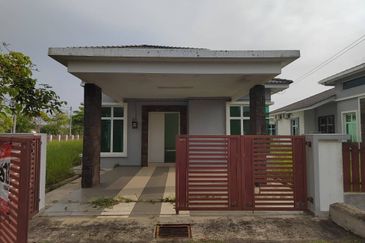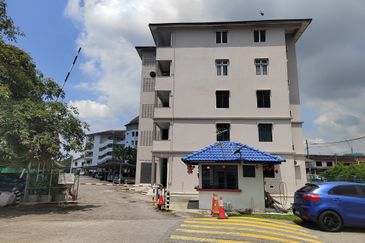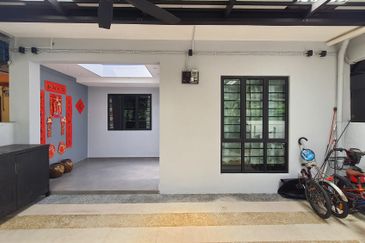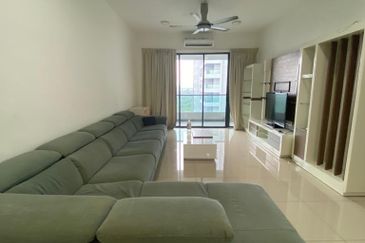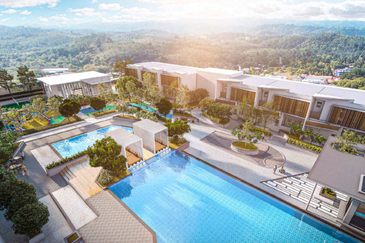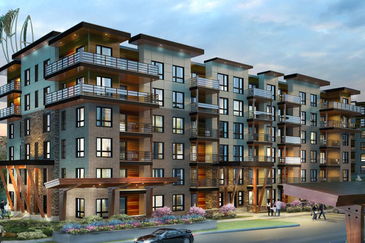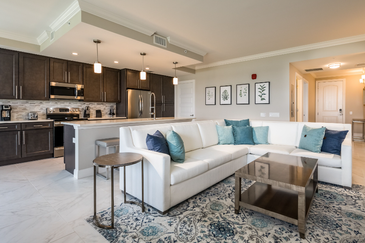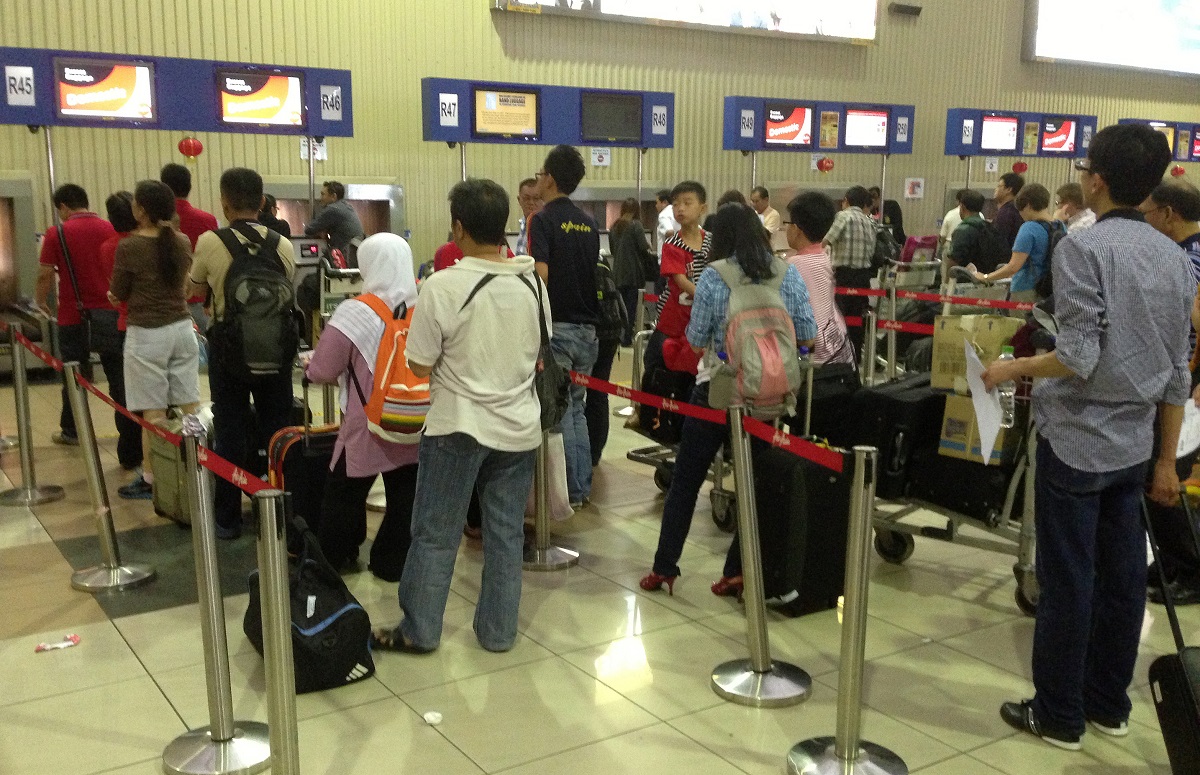
KUALA LUMPUR (Sept 18): The need for more low-cost carrier terminals (LCCTs) (pictured) in the country, which has been the subject of much debate for several years, heated up after former Penang chief minister Lim Guan Eng was reported in the press last month as saying that the federal government was in talks with AirAsia Group Bhd and Malaysia Airports Holdings Bhd (MAHB) to build an LCCT in Penang.
He also pointed out that opening LCCTs could be executed through the public-private partnership route, lessening the financial burden on the country’s budget.
Guan Eng’s remarks, spoken in his new capacity as the finance minister, suggest that the Pakatan Harapan government does not oppose plans to construct separate dedicated terminals for low-cost carriers in the country, especially if it will help shore up tourism.
This lack of clarity recently drove the Board of Airline Representatives in Malaysia (BAR-Malaysia) — an airline grouping representing most scheduled airlines operating in the country — to write a letter to MAHB, opposing recent calls by AirAsia to develop more LCCTs, which they said would be at the expense of full-service carrier terminals.
As it is now, they have to contend with differential passenger service charges (PSCs) at klia2 in Sepang and other airports in the country.
It is understood that BAR-Malaysia has also approached its international counterparts, the International Air Transport Association (IATA) and the Association of Asia Pacific Airlines, on the matter.
IATA assistant director of corporate communications for Asia-Pacific, Albert Tjoeng, confirmed that BAR-Malaysia has been in contact with the international airline grouping, noting that building LCCTs limits the terminals’ use and can lead to suboptimal use of infrastructure capacity.
“Terminals should be built based on airline requirements and should have flexible, modular designs to accommodate the needs of airlines with differing business models. And airlines should have the freedom to operate from terminals they see fit — there should be no barriers to access,” he told The Edge Financial Daily.
When contacted, Malaysia Airlines Bhd said airports should not be built based on a particular business model but rather on a holistic and integrated view.
“An airport cannot be designed based on a single airline’s demands, but needs to cater to the various requirements taking into account passenger experience, as well as the various airlines’ needs,” the national carrier told The Edge Financial Daily.
AirAsia declined to comment for this story.
AirAsia has been proposing for dedicated LCCTs to be built in the country, which it reportedly said will help it grow faster and lower its operating cost because the airport facilities required will be simple.
On the different PSCs between the Kuala Lumpur International Airport (KLIA) and klia2, Malaysia Airlines said it has always made it clear that it is in favour of equalisation charges at KLIA and klia2 to promote a level playing field.
On Nov 30 last year, the Malaysian Aviation Commission announced the completion of the equalisation exercise of the PSCs to be implemented across KLIA, klia2 and all other airports in Malaysia, where the PSC for international destinations beyond Asean out of klia2 will be increased to RM73 — the same rate as that of the other airports — from RM50 beginning Jan 1.
However, a April 16 report from The Edge Malaysia weekly said online checks on AirAsia’s website found that the budget airline still charged its international passengers a PSC of RM50.
According to IATA, airport charges should be the same throughout each airport with no differential charging between airport terminal buildings.
“Where differential pricing is nonetheless imposed, there must be transparency of airport costs and charges so that any differential is limited to the cost of those services [for example, boarding bridges, escalators, baggage belts, etc] where a real differentiation in service is offered. In many areas [such as runway, tarmac, fire and rescue, security, etc] there is no cost differential involved,” it added. IATA represents some 290 airlines in 120 countries, which carry 82% of the world’s air traffic.
This article first appeared in The Edge Financial Daily, on Sept 18, 2018.
TOP PICKS BY EDGEPROP
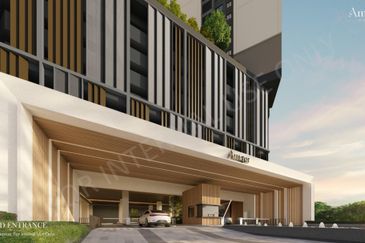
Amaya Residences @ Damansara Avenue
Damansara, Kuala Lumpur
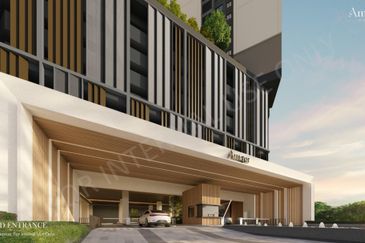
Amaya Residences @ Damansara Avenue
Damansara, Kuala Lumpur

Damansara Seresta
Bandar Sri Damansara, Kuala Lumpur

Amaya Residences @ Damansara Avenue
Damansara, Kuala Lumpur
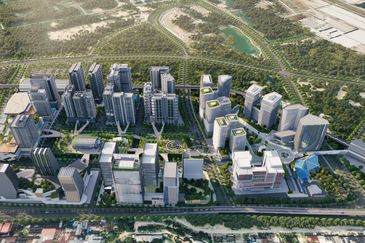
Tujuh Residences @ Kwasa Damansara City Centre
Shah Alam, Selangor
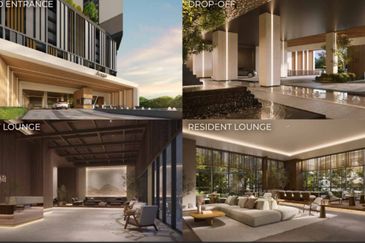
Amaya Residences @ Damansara Avenue
Damansara, Kuala Lumpur


